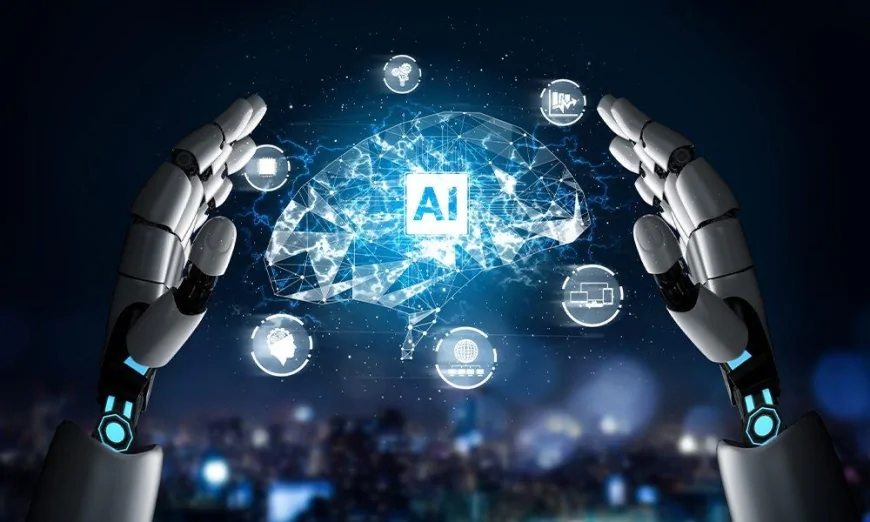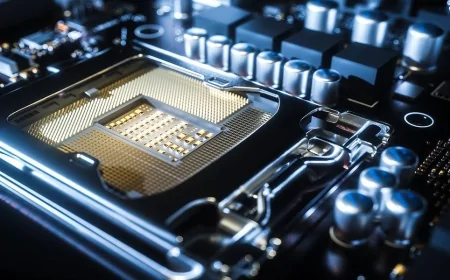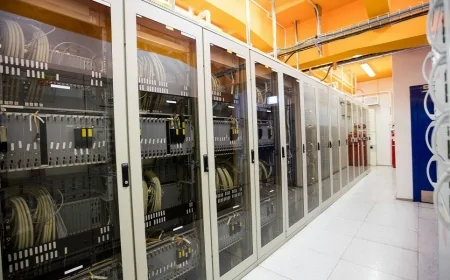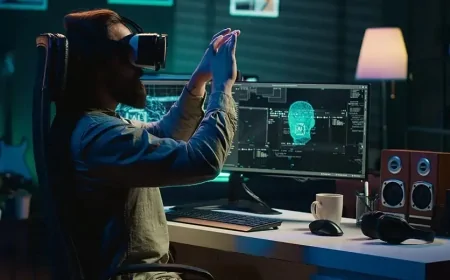How Visual AI is Reshaping eCommerce
Although relatively new technology, visual AI is swiftly becoming a key player in the e-commerce market as it enables businesses to provide machine learning enhanced, personalized customer experiences. Here we explain what visual AI is and how it is reshaping e-commerce.

Although relatively new technology, visual AI is swiftly becoming a key player in the e-commerce market as it enables businesses to provide machine learning enhanced, personalized customer experiences. Here we explain what visual AI is and how it is reshaping e-commerce.
What is Visual AI?
As the name suggests, visual AI is a technology that allows computers to identify objects within images to interpret their meaning. It does this by combining computer vision and machine learning to understand images and our interactions with them. The machine learning element means that over time, the technology can better understand images and learn how their meaning may change.
Visual AI in eCommerce
When a business adds visual AI technology to its IT system, it analyses the product images and associated inventory data, categorizing products into different recognizable kinds and then working at a granular level to glean as much information about the products as possible. With footwear, for example, it will be able to understand that something is a shoe (not a boot or trainer), menswear, casual wear, summer wear, brown, leather, wide fit, slip-on, and so forth.
The magic of visual AI, however, comes from being able to understand human-website interactions in such a way that it can develop an understanding of someone’s personal taste in products and learn the context in which they are shopping (e.g., for what, when and why). This is done by analyzing browsing and purchasing data and combining it with contextual data.
What visual AI is then able to do is interpret the user’s intentions and use its understanding of products to deliver product recommendations that are far more relevant than those provided by the standard, non-visual AI recommendation engines. The hyper-personalized customer experiences that result deliver businesses with improved conversion rates and greater loyalty while also cutting costs and enhancing inventory management.
Visual search
Another benefit of using visual AI is that it allows customers to find products by visual search. In other words, if they have seen something they like and have a photo of it, either one found online or one they have taken, they can feed this into the store’s search engine, and the visual AI technology will use it to display matching or similar products. This can be much more helpful and convenient than typing in a string of search terms and can provide a more engaging customer experience.
What’s more, if the customer finds the product they like, visual AI can then be used to display matching items. For example, if someone has used a visual search to find a jacket, visual AI can then display trousers, shoes, and tops that match both the jacket and the user’s taste.
Smart merchandising
As Visual AI enables stores to modify product tags at scale, it makes it easy to optimize merchandising tasks. It can be used, for example, to prescribe display rules so that the items you most want the visitor to see are shown first, such as old stock you need to clear from the warehouse or products with the biggest profit margins. These rules can be created for any number of product attributes, such as margin, inventory levels, season, product rating, brand, and more.
Understanding intention
Product recommendation engines rely on historical user data to display products people have previously been interested in. This isn’t always helpful to a customer. On their latest visit, they may be looking for something entirely different and even buying something for someone else. Visual AI can overcome this by analyzing the details in the product images someone has looked at during their current visit.
In this way, even if the person is buying someone else a present, the visual AI will be able to recommend items that match the user’s intention in real-time. Again, this goes beyond simple categories of products; instead, choosing items that have the right attributes.
Forecasting trends
By analyzing the products that customers are looking at and buying, visual AI can provide an accurate understanding of changing trends, and the data that results from this can offer better forecasting for the future. As it can understand many different product attributes, visual AI can see, at a granular level, the styles and product characteristics that are going in and out of fashion. It can, for example, tell you that people want their lapels wider or their skirts shorter. As a result, companies are better placed to buy the stock customers want, ensuring more gets sold and less goes to waste.
Conclusion
Visual AI is the next-gen technology that will revolutionize e-commerce. However, it isn’t tomorrow’s technology, it is already being deployed by a growing number of online businesses today. Like most of today’s advanced applications, of course, it needs powerful infrastructure, like the cloud, to work effectively.
For more information about our cloud solutions, visit our Unlimited Web Hosting page.
What's Your Reaction?
 Like
1
Like
1
 Dislike
0
Dislike
0
 Love
0
Love
0
 Funny
0
Funny
0
 Angry
0
Angry
0
 Sad
0
Sad
0
 Wow
0
Wow
0


































